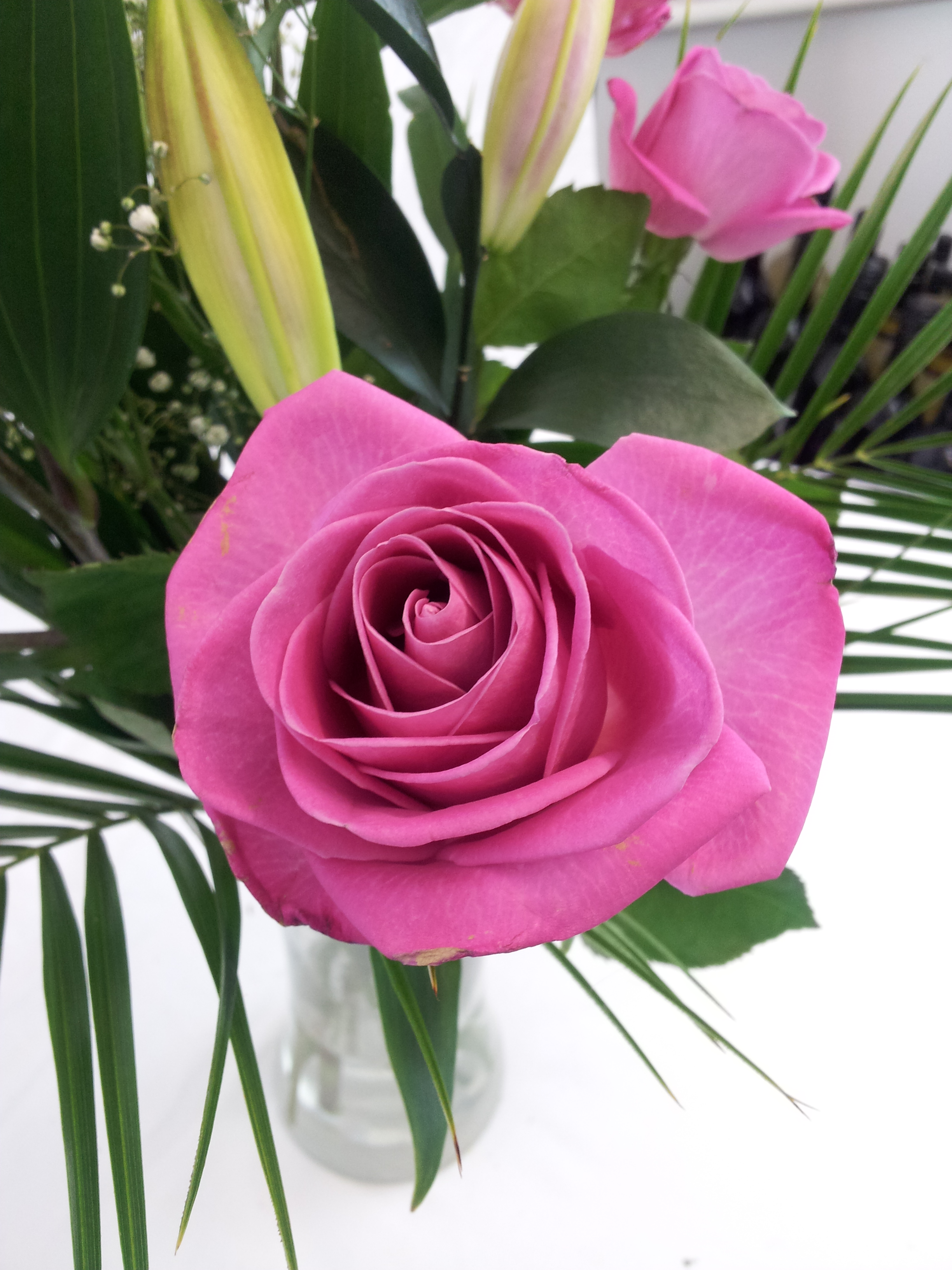
Choosing The Right Colours For Your Flower Arrangement
When it comes to making or ordering a flower bouquet, your colour choice is just as important as your selection of flowers themselves. The colours you select will largely depend on who you want to send flowers to and the occasion of course. For instance, a fresh flower delivery to your spouse or partner would usually have a romantic theme and include of consist only of the finest red roses. This kind of arrangement, however, would not be something you would send to your mother or mother-in-law since it sends the message of passionate love and this is obviously not appropriate. Instead, for mum, you could choose a fine selection of orange, purple or pink flowers.
When deciding on the bouquet’s colour scheme, you really do have plenty of options. Firstly, if you are looking for a simple, timeless and romantic flower bouquet, you can place a few of the same flowers of the same colour together. Nothing says I love you better than a dozen long stem red roses. If you are somewhat limited financially and a bouquet of a dozen red roses exceeds your budget, you can go for the ‘less is more’ option. While six red roses might look like a halfway attempt, a single rose in a clear, slender vase is a wonderful romantic gesture without the heavy price tag.
As a florist and even a decorator can tell you, there are two main colour schemes that you can choose from. Namely, related and unrelated. Within these two categories, there are also subcategories to choose from. Related schemes are divided into monochromatic and analogous colour schemes. Monochromatic is probably the easiest to achieve so, if you are a novice, you might feel more comfortable with this option. Select a single colour and include different shades of the same colour in the bouquet. Analogous colour schemes are somewhat more complicated and consist of different shades of three different colours. The key is to choose colours that are adjacent to one another on the colour wheel. Hence, for flower arranging, you will need to keep a colour wheel handy.
Unrelated colour schemes are also divided into two subcategories – direct complimentary and triad harmony schemes. The trick with these arrangements is that the colours are not the same but they create an undeniable harmony due to their differences. Direct complimentary schemes are created by using colours that are located directly opposite one another on the colour wheel. A fine example of this is purple and yellow. Triad colour schemes make use of three different colours that are each spaced equally apart from each other on the colour wheel. In order to create the perfect triad colour scheme, you should select one dominant colour and blend some of it with the other two so that the other flowers don’t steal the show. You want your dominant colour to act as the focal flowers of the arrangement.
Another general floristry rule to keep in mind when creating your own bouquet is to position the darker coloured flowers in the centre or slightly below and in the front of the arrangement. This creates a very distinct and noticeable focal point. Use the lighter colours to fill the spaces and help the darker flowers stand out even more against the lighter background. Remember not to add to many different colours or it could end up looking more like a cluttered mess than a fine bouquet and be sure to select your foliage carefully as well.

